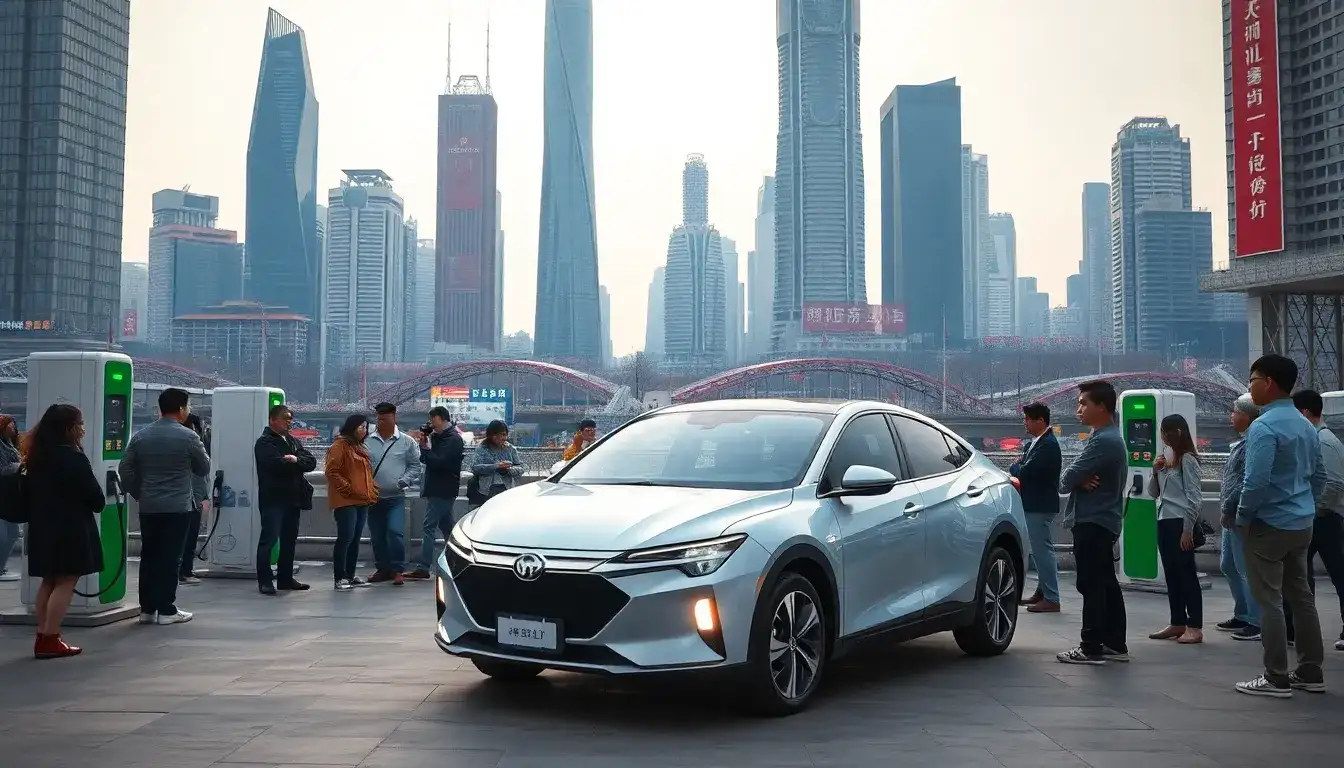
After the surge in the electric vehicle market, the phenomenon of “true oil hybrid electric” is creating a stir.
Date: March 25, 2025
Source: China Automobile News
With the development of new energy vehicles, the automotive industry is experiencing unprecedented acceleration. Among the various vehicle types, the hybrid electric vehicle (HEV) has recently garnered significant market attention. However, within the same timeframe, the concept of “true oil hybrid electric” has also emerged as a competitor.
Previously, the era of hybrid vehicles was marked by the introduction of “recognition” level HEVs. This category is now being scrutinized by industry analysts, who emphasize that “HEVs should not merely serve as a simplified replacement for traditional gasoline vehicles, nor should they be viewed as the pinnacle of new energy.” This statement has sparked considerable debate within the industry.
For a long time, a portion of HEVs has been largely overshadowed by the “true oil hybrid electric” phenomenon, which has not been extensively publicized. Currently, these vehicles are experiencing a resurgence in interest. This new category is expected to create numerous competitive barriers against traditional gasoline vehicles. However, the main driving force behind these vehicles remains gasoline, while electric systems are still seen as a supplementary option.
The emergence of this market is not limited to the recognition of HEVs but is increasingly focused on establishing a framework for new energy vehicles that adhere to industry standards. The government’s policies favor HEVs and emphasize the need for stringent compliance with environmental regulations, as well as the necessity to meet consumer demand for new energy vehicles.
From a market standpoint, the cost of electric vehicle batteries (for instance, lithium iron phosphate batteries) is a significant factor, as the production costs will likely limit the price of HEVs to above 100,000 yuan. As a result, the price of HEVs is expected to remain competitive and affordable while ensuring that the environmental standards are met.
In terms of performance, HEVs must achieve a balance between electric efficiency and power output. The overall efficiency must be evaluated based on the combined effectiveness of the gasoline engine and the electric system. For example, a hybrid engine may achieve a thermal efficiency of around 43.04%, while the direct-drive electric vehicle wheels may exceed the output efficiency of the electric circuit.
In conclusion, the development of HEVs in China is being driven by a combination of government policies and the market’s response to evolving consumer preferences. As the automotive industry continues to innovate and adapt, the competition between traditional gasoline vehicles and hybrid electric vehicles will intensify. This dynamic landscape suggests that new energy vehicles will play an increasingly vital role in the future of mobility.







